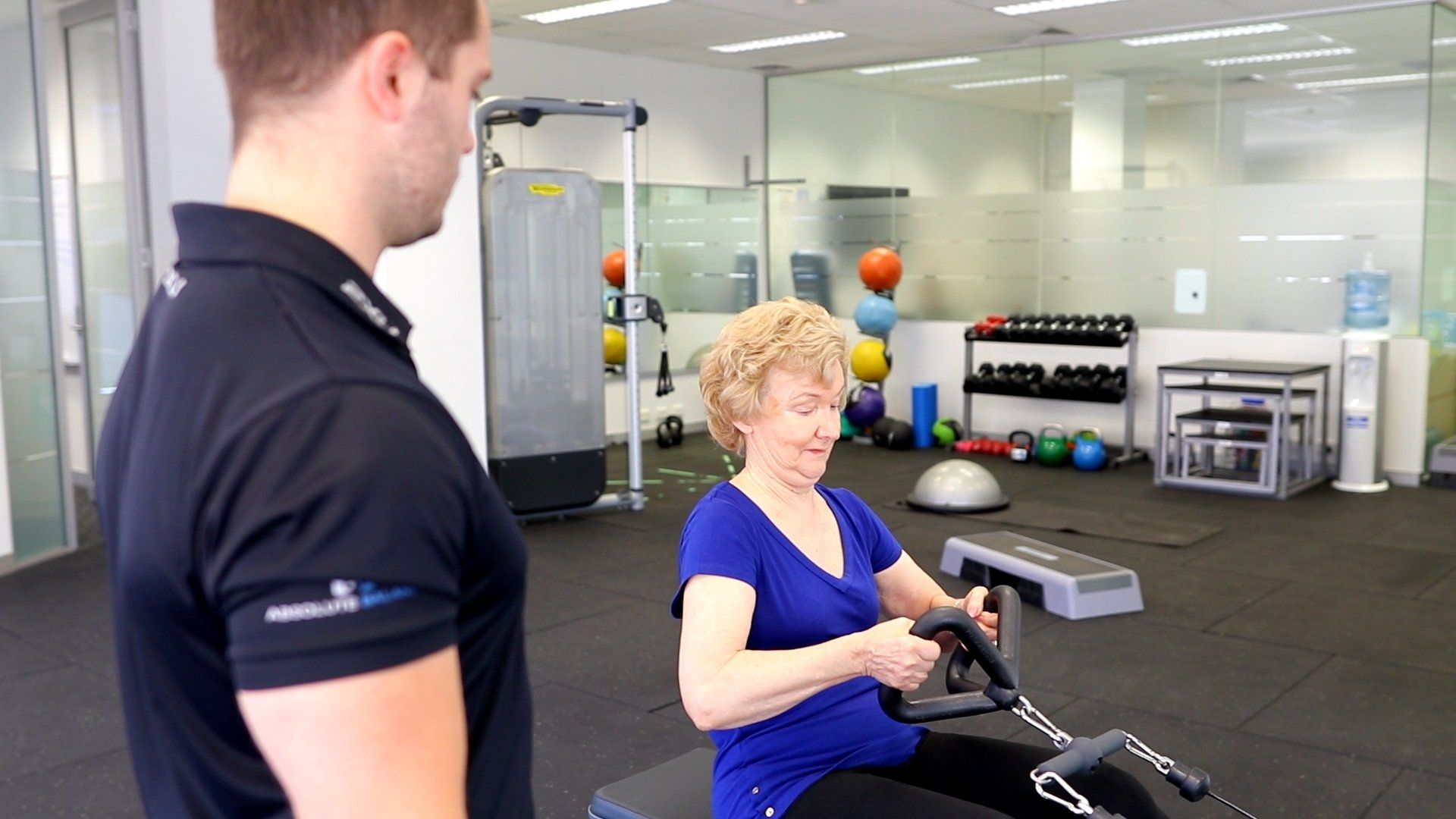Early Intervention in the Rehabilitation of Workplace Injuries

Workplace injuries have a massive impact on an employee. Early intervention for any workplace injury is crucial, not just for the worker but also for the organisation. Early intervention primarily involves a multidisciplinary team addressing the engagement of both the worker and management, which is all upheld by open and prompt communication.
When constructing a multidisciplinary team getting an Exercise Physiologist on board early for a worker’s compensation claim is pivotal in guiding the rehabilitation process in the correct direction. Having a specialised team implemented early allows for progression in the return-to-work process, physical rehabilitation, and if needed, psychological support. This ultimately has been shown to reduce the overall cost of claims and improve the injured worker’s wellbeing.
When implementing a holistic approach early in the rehabilitation process, there are many benefits for the injured worker, such as continual development of functional capacity, reduced time off work, reduced cost of absence, keeps the worker at work, and aids activities of daily living and psychological well-being. These benefits allow for continual development in the overall progression of the claim and return to work process. A systemic review conducted by Schultz et al. (2013) reported that implementing early intervention rehabilitation for compensable lower back injuries reduced overall disability of the employees. Another study conducted by Cullen et al. (2018) found that when performing a multi-domain approach to compensable injuries early, allows for a smoother transition to work functioning while reducing costs. This small sample of studies demonstrates that implementing a multidisciplinary team early is an essential determinant for employees to return to work in a timely fashion.
Absolute Balance’s Accredited Exercise Physiologists are experts in tailoring targeted rehabilitation programmes for return-to-work programmes with extensive experience in working in multidisciplinary teams.
David McClung
B.Sc. Exercise Science and Rehabilitation (AEP, AES) (ESSAM)
Regional Manager – Accredited Exercise Physiologist
References:
Schultz, I. Z., Crook, J. M., Berkowitz, J., Meloche, G. R., Prkachin, K. M., & Chlebak, C. M. (2013). Early intervention with compensated lower back-injured workers at risk for work disability: Fixed versus flexible approach. Psychological Injury and Law, 6(3), 258-276.
Cullen, K. L., Irvin, E., Collie, A., Clay, F., Gensby, U., Jennings, P. A., … & Newnam, S. (2018). Effectiveness of workplace interventions in return-to-work for musculoskeletal, pain-related and mental health conditions: an update of the evidence and messages for practitioners. Journal of Occupational Rehabilitation, 28(1), 1-15.




